|
Saluti tutti, anche Brent,
Touché Brent! Lets have a look through your posting
15th Jan. For those others reading this you'll probably need to refer to Brent's
post.
I'm touched Brent, you're prepared to accept my
calculations to support your contentions then down in your post you write that I
am "misinformed". Interesting contradiction.
Points #1 & #2... no contention.
Point # 3... an impressive sounding statement
but false. Firstly please refer to point # 1 of your post. Secondly,
in point of fact it's easily possible. Va = 200mph = 173
knots. An LIV at 2,900lbs and a clean stall speed of 80 knots
pulling 4.7Gs does just that. Stall speed increases by the sq root of the load
factor. 4.7 sq rooted = 2.168 x 80 knots = 173.5
knots. at and above this speed it will fly, and continue to fly
hardly even breaking a sweat. Go and try it in N170BR.
Lets move to the next paragraph; first
sentence...true.
2nd sentence: Really?? I wrote on 13th January
"...the wings have long since departed at an airload somewhat less than
18,500lbs" On 11th January I wrote, "at 18,500lbs of wing lift..."
Your error Brent.
Next sentence; "Using the 18,000lb number as the
ultimate gross weight..." You've come up with 18,000lbs, previously
28,500lbs, and in your second last paragraph you postulate 23,380lbs.
Pulling figures from your rectum.
Next sentence; "As Bob pointed out..." I'm
afraid I haven't pointed out any such thing. What precisely do you mean by
factored Brent? Are you actually referring to something being deducted
from something? Presumably you mean the load carried in the wings, ie fuel,
is not an allowable deduction from the fuselage weight for the purpose of
calculating wing bending moments, which is correct. However you also include the
wing structure in your statement...and this is in fact deducted from the
fuselage weight for the purpose of calculating wing bending moments so your
statement is incorrect. In your 2nd paragraph you appear to be saying that fuel
weight is not an allowable deduction for the purpose of calculating wing bending
moments yet in your Theory you add fuel weight to wing structure and deduct
both. Having it both ways it would appear.
Next sentence; "Also not considered... etc ....the
effect of temperature on the composite surface" By 'not
considered'... do you mean deducted from the fuselage weight for the purpose of
calculating wing bending moments? I fail to see how "the effect of
temperature on the composite surface" would be a deduction. Please
elaborate.
Next sentence; "Bob's assertion..." As
you know the empirical testing been done, as you say, back when the earth was
cooling so there may be some excuse for not knowing the result. However as I
posted the figure on the 11th January your short term memory is
obviously in decline. Either that or you don't take the time or
trouble to read and comprehend before you shoot from the lip.
You seem somewhat confused Brent at what is
and what isn't allowable in calculating wing bending loads, have a look
below at this extract from "M.A.D. Vol I" page 69, at what
is allowable in calculating wing bending moments, the second sentence of
the para starting "Using 14 CFR, etc" is pertinent.
Unlike in your Theory, fuel in the wings is
not permitted to be subtracted out and used as a relieving bending load.
Therefore for the purpose of calculating wing bending loads subtract the wing
weight only from the gross weight,
Now regarding the second last sentence of
your 2nd paragraph: Lets see what "M.A.D. Vol I" has to say:
If we have a wing deflection of 8.0" inches at 4.4
Gs and the wing subsequently fails at 15" what is the G
load at which the wing fails? Even someone as mathematically challenged as
I can work that out, = 8.32 Gs ... at the Vd wing load
condition.
Lets have a look at Martin
Hollman's calculation: Load = 2590 x 4.4 ( =11,396lbs) x (154.5/360) =
4891lbs. 2590 is the gross weight minus the wing weight. 4.4 is the
G load, 154.5 is the length of one wing panel in inches, (180" -
25.5"), the total span is 360". In one little calculation he's neatly accounted
for the fuselage weight, G load and calculated that load as 4,891
lbs for one wing panel at 4.4 Gs.
Getting back to your second last sentence of
your paragraph # 2 Brent, if we have one wing empirically tested to failure
carrying 9,250lbs how difficult is it to calculate that the
two wings together will lift 18,500lbs of AIRLOAD at the point of failure?
If you'd bothered to read my 5th paragraph from 11th Jan I gave all the
information. Perhaps you might need to change your reading glass prescription?
Now things get interesting; reducing
speed from Vd results in the wingtip carrying proportionally more
load. We need to see how much to derate our
G loads for slower speeds.
Clear as mud isn't it?? Even a blind man can
see there's a significant difference. Lets look at the table of information
next.
Look at WS 2, moment, ft-lbs, 28,554 ft-lbs @
Va, vs 22,436 ft-lbs @ Vd. Incidentally this position corresponds to BL18, the
spar bolts. Translating, the wing bending moment is 21% greater at
Va than at Vd for the same airloads. Our interest in these tables is
only to know the difference between the wing bending moments at Va and Vd. BL 18
is close enough to the wing root that the difference in Va and Vd
bending moments at BL18 will give us an accurate enough figure.
Now we need more information, the coefficient
of lift at max AoA. Using an LIV with a stall of
80knots @ 2,900 lbs let's calculate the coefficient of lift. The formula for Cl is 2 x gross weight/rho x V2 x S. Plug in
the numbers...2900 x 2/ .00238 x 18255 x 98 = 1.36
The LIV has a wing area of 98 sq feet, and 81 of
those sq feet are our wing panels' area outside of the fuselage. Lets
see what lift the 81 sq feet wing panels can generate at 256 mph or
222.3 knots. Lift formula is 0.5 x rho x V2 x S x Cl
= 0.5 x .00238 x 140975.2 x 81 x 1.36 = 18,480 lbs. Right on our
breaking limit of 18,500 lbs.
Getting back to our example LIV of 2,900lbs with a
stall speed clean of 80 knots, at 222.3 knots our aeroplane can pull
222.3/80 = 2.778 squared = 7.72 Gs.
Now we have to derate this figure of 7.72Gs to
account for the increase of wing bending moment at slower speeds. From Vd
313 knots to Va 173 knots is a difference of 140 knots. From
222 knots to Vd 313 is 91 knots therefore 91/140 = 0.65 x 21% =
13.65% 7.72 - 1.05(13.65%) =
6.67Gs.
So we end up with 6.67Gs @ 2,900lbs @ 207
knots. A quick check of our wing panels airload at these figures reveals a lift
of 0.5 x .00238 x 122381 x 81 x 1.36 = 16,043 lbs, add back the 13.65% = 18,233
lbs. A good enough result for me given the slight
'fuzz' (for want of a better word) between all the numbers. The wing panels
are just within their limits.
Lets see what Martin Hollman gives as his design G
load and limit load:
Recognise these Brent? Engineering
drawings...as someone self trained in engineering who calls himself an engineer
you'd be familiar with this type of drawing I'm sure.
Notes 1 & 2: limit load 4.4Gs, safety factor
1.50. That makes the the design ultimate load 6.6
Gs. My calculated 6.67 Gs is a nice correlation. Very clever fellow
that Marty Hollman to put all this together.
The mythical 8.8 Gs ultimate has shown itself, bet
you had to search hi and low to find the circa 1992 Lancair Flyer. I have the
following years Lancair Flyer, here it is and your 8.8 Ultimate has
disappeared! Being the rubbery figure it always was it's hardly
surprising. Incidentally you seemed to have failed to appreciate that even
such a rubbery figure is meaningless without the qualification of the @xxxx
gross weight, and, as we've seen if you want to be really
accurate, the velocity. Strange though how you clutch to such a
rubbery figure and use it to substantiate your Theory.
By the way it hasn't hurt a bit...not even a
bruise.
Re 5th paragraph; Misinformed? I quote from
the Lancair IV designer, I show calculations and data...you pluck
rubbery figures from the sky (or your rectum) Your lack of
knowledge on the subject seems to be profound Brent, the problem is you
don't seem to know it. As to, quote "I suspect the only person you
have embarrassed is yourself"...I'm not the least bit embarrassed but perhaps
you should be. For example this morning I
found email: "Salve Roberto, There goes Brent blowing old cold smoke
again...."
Re 6th Para: Please apply to yourself.
Your Theory: I'm pleased it's only a
theory, your preference for unstantiated data and dodgy calculations and a
faulty memory don't inspire confidence. I'd bet if your tax assessor played fast
and loose the way you have with dodgy data and calculations and application of
rules and regulations to calculate your assessment you'd be up in
arms!
Your second last paragraph just cracks me up! Now
you've backed down from 28,500lbs and want to postulate a gross
weight of 23,250lbs...and wait for it...you want me to test it for you! Well I
have to tell you I'm but a lowly poorly paid LIV builder and admittedly I have a
set of keys (but only while I build it unfortunately) to an LIV but it's
uncompleted so it's all up to you in N170BR. To get it on the record I say your
wings will depart at around 18,500lbs of wing lift and probably
less (don't be confused between wing lift and gross weight
now!). All you have to do is lift your wheels at 23,500lbs
gross.... considering you've contended you can go to 28,500lbs it's a 'walk in
the park' for you!! Come on Brent!! All you are going to loose
is your wings and your pride....!!!!! If you could give advance
notice of when and where you intend to do this I'll plan on coming over to
see....in fact I wouldn't miss it for all the tea in China!!! It'll be
great Brent...you'll have Lancair owners/pilots and LML'rs and enthsuiasts
coming from far and wide...get yourself in the television news and newspapers,
Guiness Book of Records, Reverse Darwin Award, what a great day it will
be!! Charge an entrance fee to add to your net worth!...you'll make a
killing!!
until then...ciao!
Roberto D'Italia.
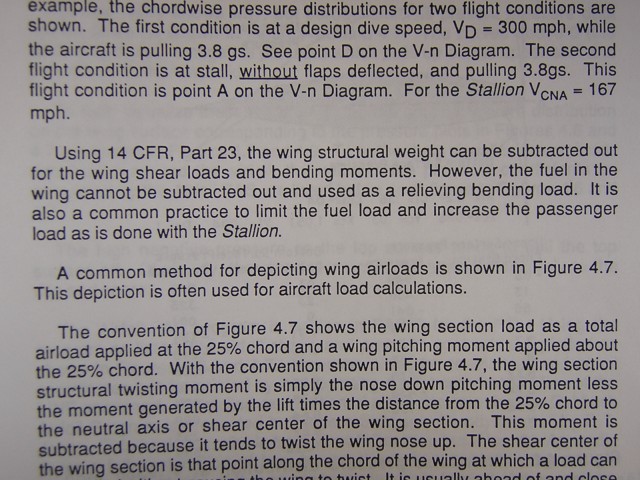
DSCN0864.jpg
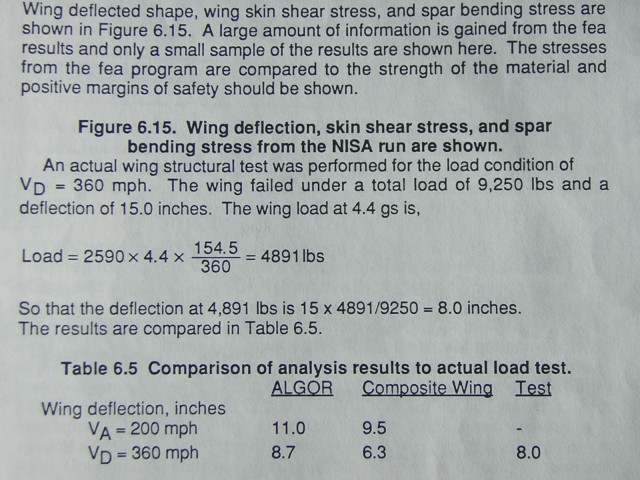
DSCN0855.jpg

DSCN0857.jpg
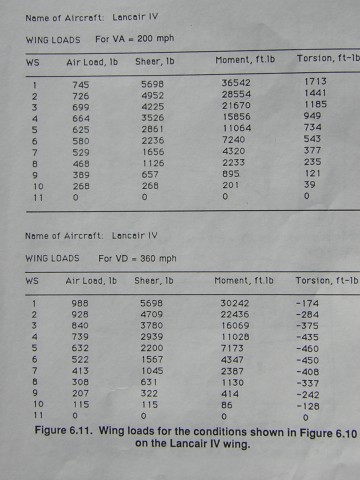
DSCN0856.jpg
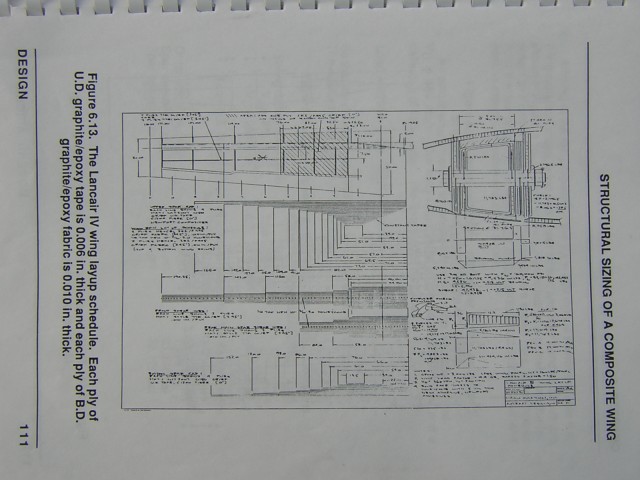
DSCN0847.jpg

DSCN0851.jpg
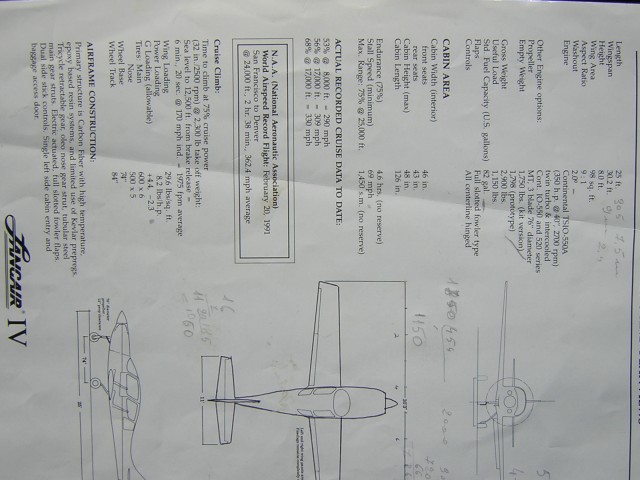
DSCN0860.jpg
|